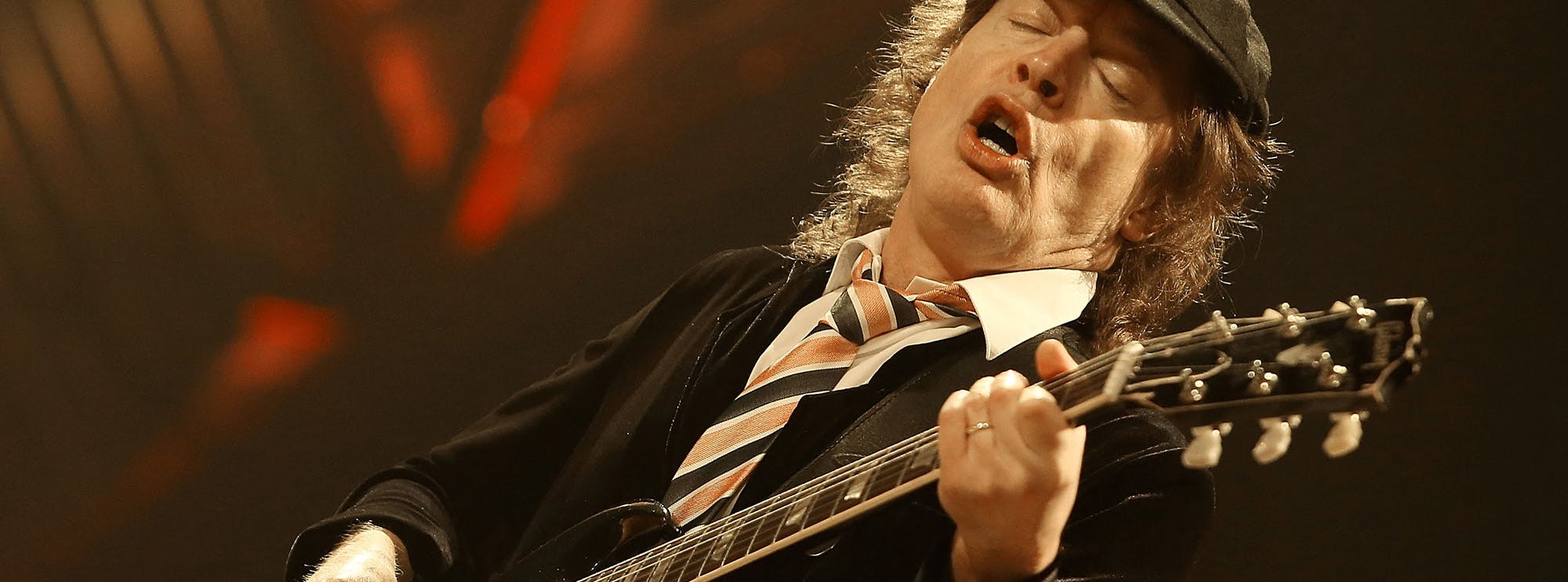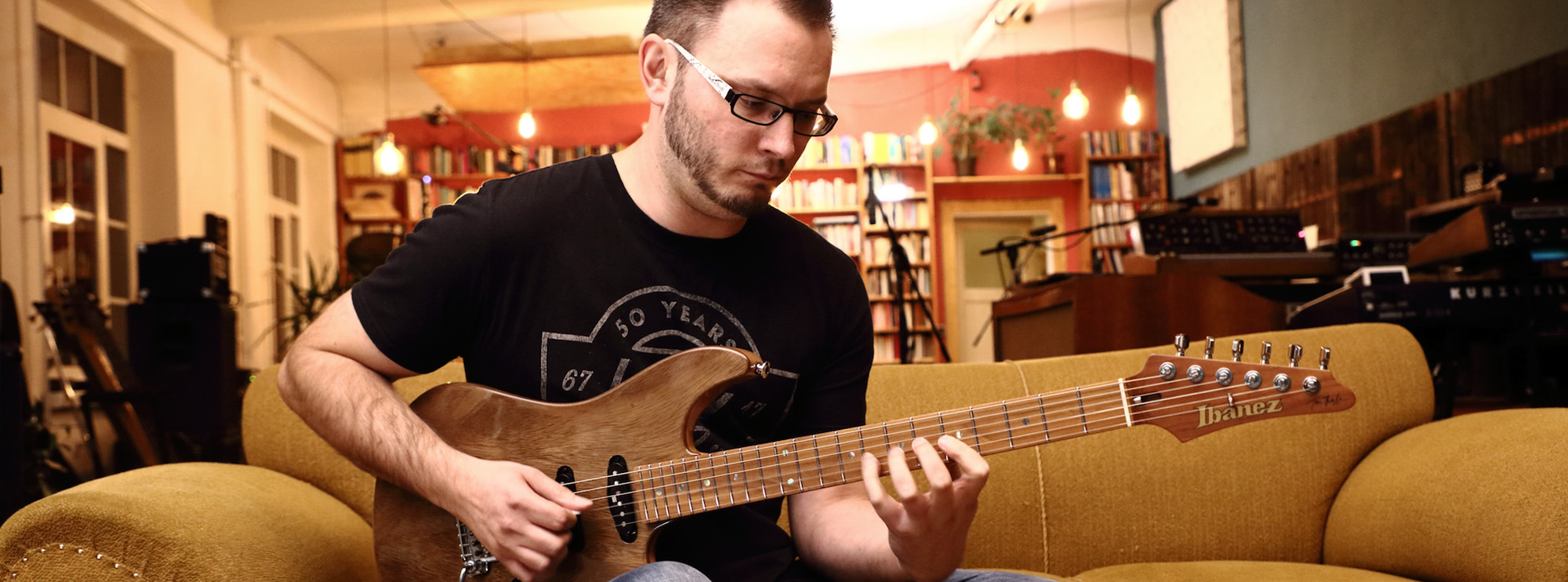Master Steely Dan’s “Do It Again”
Steely Dan’s “Do It Again” is an iconic track from their 1972 debut album Can’t Buy a Thrill, showcasing their signature blend of jazz, rock, and blues influences. Known for its smooth grooves, sophisticated harmonies, and intricate guitar work, this track is a must-learn for any guitarist looking to expand their skills in phrasing, articulation, and dynamic playing.
Our note-for-note guitar lesson at Licklibrary.com meticulously breaks down each guitar part, teaching you how to capture the feel and techniques that make this song so distinctive. Below, we’ll explore the essential guitar techniques covered in this lesson and explain how mastering them will enhance your playing. Tom Quayle breaks down this classic track in this exclusive Lick Library video tutorial.
The Guitarists Behind "Do It Again" and Their Influence
Steely Dan, led by Donald Fagen and Walter Becker, was known for its revolving door of top-tier session musicians. While Becker was an exceptional guitarist, Denny Dias performed the sitar-like electric guitar solo on “Do It Again,” using an early ring modulator to create its unmistakable, otherworldly sound.
Dias’ approach combined fluid phrasing, unique melodic choices, and an impeccable sense of timing, which contributed to Steely Dan’s sophisticated sound. His playing style was an early example of how jazz-influenced articulation could be seamlessly integrated into a rock framework, inspiring countless players to think outside of traditional pentatonic licks.
Guitar Techniques Covered in the Lesson
1. Chord Progressions
Steely Dan is renowned for their complex chord voicings, and “Do It Again” is no exception. Learning the progression in this song will give you insight into jazz-influenced harmony, helping you build more sophisticated chord vocabulary in your own playing.
2. Slides
Smooth slide transitions between notes and chords create the seamless phrasing that makes the track so engaging. Practicing slides improves finger coordination and helps create a legato, vocal-like quality in your playing.
3. Legato
The solo features legato phrasing, including hammer-ons and pull-offs, to create fluid note transitions. Mastering legato helps develop speed and expressiveness without excessive picking, leading to smoother, more connected phrases.
4. Alternate Picking
Many of the intricate rhythm and lead parts in “Do It Again” require alternate picking for clarity and control. Strengthening your alternate picking technique will increase precision and efficiency, especially when navigating quick note passages.
5. Vibrato
Vibrato plays a crucial role in the lead lines, adding depth and expression. Learning to control your vibrato improves note sustain and emotional impact, which is essential for phrasing like a professional.
6. Arpeggiated Chord Progressions
Certain sections of “Do It Again” incorporate arpeggiated chord movements, where notes of a chord are played sequentially rather than strummed. Mastering this technique improves finger dexterity and adds a more nuanced, melodic quality to rhythm playing.
7. Harmonics
The song features subtle harmonic overtones, which add a shimmering, bell-like texture. Learning how to execute harmonics properly enhances tone control and articulation.
8. String Bending
Dias’ solo contains precise string bends, which allow for expressive note shaping. Controlled bending is a key skill for blues, jazz, and rock playing, helping you achieve the dynamic, singing quality of great lead guitarists.
Guitar Techniques Used in This Lesson
Here is a list of techniques covered in our “Do It Again” lesson, with links to detailed explanations to help reinforce your learning:
- Chord Progressions
- Slides
- Legato
- Alternate Picking
- Vibrato
- Arpeggiated Chord Progressions
- Harmonics
- String Bending
By learning “Do It Again” through our detailed lesson, you’ll sharpen your technique, improve your phrasing, and expand your musical vocabulary. This song is not just a classic tune, but a valuable study in articulation, timing, and expression—all crucial skills for any serious guitarist.
About The Tutor
Tutor Profile
Tom Quayle
Tom Quayle needs no introduction on the guitar scene after shooting to attention when he made it to the finals of Guitar Idol back in 2008. Before that he was a graduate of Leeds College of Music where he did a degree in jazz then hit the local jazz scene....




